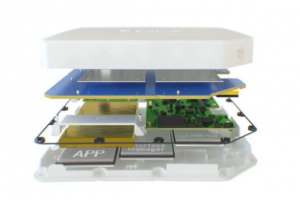The market analyst predicts the number of these satellites will grow from 10,000 in 2024 to over 24,000 by 2029. It attributes this to “increased demand for connectivity in nomadic locations from IoT network users”.
Juniper’s report – Global Satellite IoT Services Market 2024-2030 – highlights 98% of satellites launched over the next five years will be LEOs, due to the low cost of launches.
Other statistics highlighted by the report include sizing the market, which it sees as increasing from a total transaction value in 2024 of $2.9bn to $11bn in 2030
Return on Investment
In a section on securing returns on investment, the analyst says satellite network operators will form strategic partnerships to fill in coverage gaps between LEO and GEO capabilities. It identifies construction and infrastructure, and logistics, as two growth opportunities.
“[The report] found that the wide range of connectivity requirements, such as nomadic operational areas and conditional monitoring, necessitate the use of both LEOs and GEOs for complete service provision. Partnerships that enable the use of LEOs and GEOs for IoT networks will be essential to attract enterprise users in these sectors.”
A sample of the paid-for report can be found online. It includes forecasts for 60 countries.
Quantum of Satellite
Note that a complimentary whitepaper, “Quantum of Satellite: Securing Global Connectivity”, is also available.
This considers the impact of quantum computing on the satellite IoT services market, assessing its overall importance.
See also: 5G satellite networks to generate $17bn for operators
 Electronics Weekly Electronics Design & Components Tech News
Electronics Weekly Electronics Design & Components Tech News




